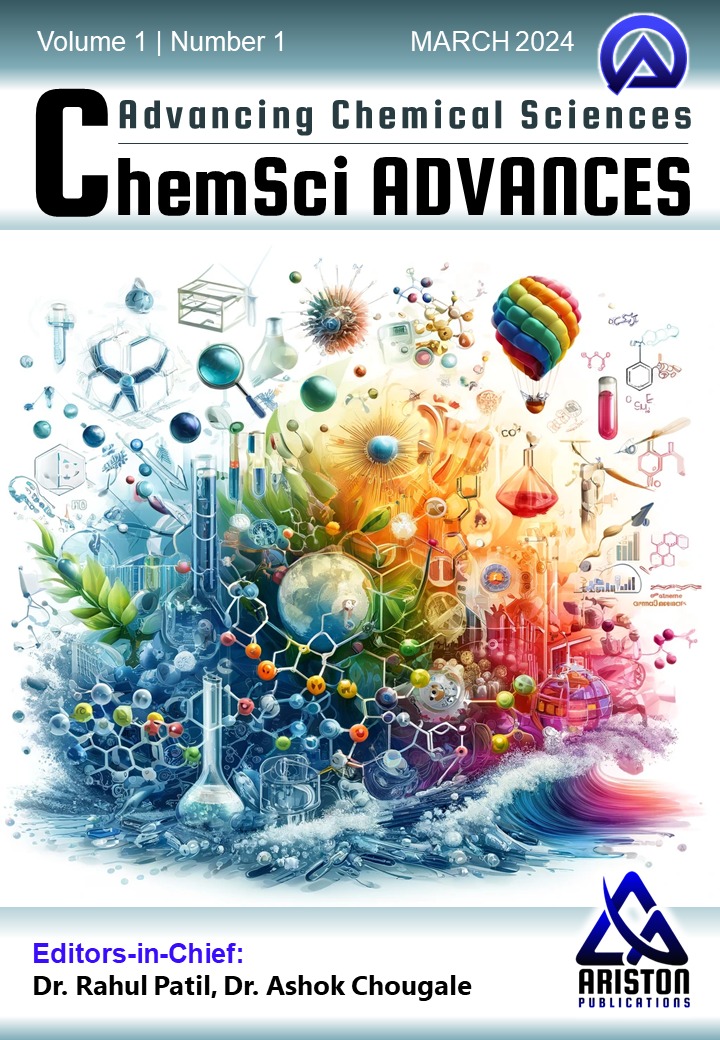Umesh S. Mote
Department of Chemistry, Karmaveer Bhaurao Patil College, Urun-Islampur, Tal. Walwa, Dist. Sangli 415409, Maharshtra, India.
*Author to whom correspondence should be addressed:
moteumesh@gmail.com (Umesh S. Mote)
ABSTRACT
The interaction between mefloquine (MFQ) and benzil (BZ) was investigated using UV-Visible and fluorescence spectroscopy. UV-Visible absorption studies revealed that both compounds maintained their characteristic absorption bands (BZ at 255 nm and MFQ at 290 nm) in the mixture, indicating no ground-state complex formation. Fluorescence studies demonstrated that MFQ effectively quenched the intrinsic fluorescence of BZ (λex = 320 nm, λem = 365 nm) in a concentration-dependent manner. The quenching mechanism was analyzed using the Stern-Volmer equation, which yielded a linear plot with a quenching constant (KSV) of 2.4264 × 10³ L mol⁻¹, suggesting dynamic quenching via exciplex formation. The absence of ground-state interactions in the UV-Visible spectra, coupled with the observed fluorescence quenching, supports an excited-state interaction mechanism. This involves the formation of a transient exciplex between photoexcited BZ and MFQ, followed by non-radiative energy dissipation. The linear Stern-Volmer relationship indicates potential analytical applications for the quantification of MFQ in pharmaceutical formulations. This study provides mechanistic insights into the photophysical interactions between BZ and MFQ, highlighting the role of exciplex-mediated quenching in fluorescence-based sensing and drug analysis.

Significance of the Study:
This study provides crucial insights into the exciplex-mediated fluorescence quenching mechanism between benzil and mefloquine, advancing the understanding of drug-fluorophore interactions. The findings demonstrate the potential of benzil as a sensitive fluorescent probe for analytical applications in pharmaceutical sciences. The linear Stern-Volmer relationship offers a reliable method for mefloquine quantification, which could be valuable for quality control in drug formulations. The research also contributes to fundamental photochemical knowledge of excited-state molecular interactions involving antimalarial drugs.
Summary of the Study:
The interaction between benzil and mefloquine was investigated using UV-Visible and fluorescence spectroscopy. While no ground-state complex formation was observed, fluorescence quenching studies revealed exciplex formation in the excited state. A linear Stern-Volmer plot confirmed dynamic quenching. The study establishes benzil as an effective fluorescent probe for mefloquine detection and provides mechanistic insights into exciplex-mediated quenching processes relevant to pharmaceutical analysis and molecular interaction studies.
